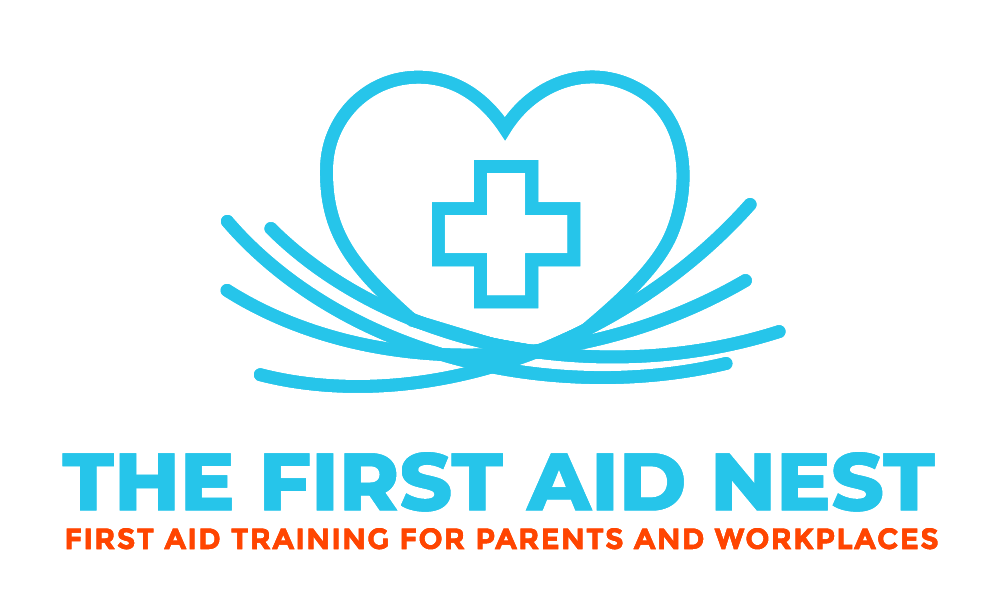First Aid Basic Tips For A Choking Pregnant Woman

First aid basic tips for choking pregnant woman
It’s a situation none of us wants to imagine: someone we love, whether it’s a friend, family member, or stranger, choking right in front of our eyes.
Now imagine that person is pregnant. The thought alone can cause panic and confusion. But fear not! In this blog post, we’ll provide you with first aid basic tips on how to help a choking pregnant woman.
From the right technique to relieve choking in pregnant or obese victims to what NOT to do when someone is choking, we’ve got you covered! So let’s dive into these life-saving techniques together and be prepared for any emergency situation that may come our way!
You can learn first aid for choking in either of our most popular first aid courses:
Should you give chest thrusts to a person choking while pregnant?
The very thought of someone choking can be a scary experience, let alone if the person is pregnant. However, it’s essential to know what actions to take when such an emergency arises. One of the main questions that come up in this situation is whether you should give chest thrusts or not.
Back slaps and chest thrusts are commonly used for non-pregnant adults who are choking. But when dealing with a pregnant woman or any obese person, chest thrusts should still be used.
We would never use abdominal thrusts or Heimlich manoeuvre on anyone at any time. Life-threatening injuries have occurred in many people when this technique has been used.
The main reason behind this is that abdominal thrusts could also potentially harm the fetus and the mother’s uterus. Chest compressions push air out from a victim’s lungs while simultaneously causing upward pressure on their diaphragm, which will dislodge anything blocking their airway.
Therefore, it’s crucial to remember never to use abdominal thrusts on a pregnant woman or an obese individual during first aid for choking victims. Instead, go straight into performing chest compressions and seek medical assistance immediately.
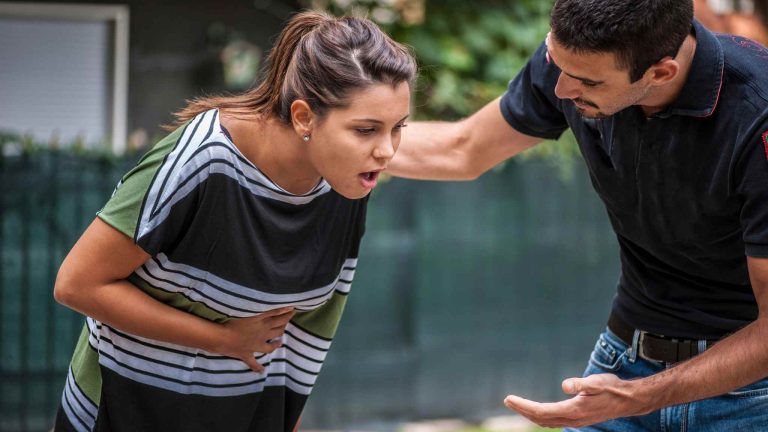
When providing first aid for a choking victim who is pregnant or obese chest thrusts should be used instead of abdominal thrusts.
It’s important to note that the chest thrust technique should only be used if someone is truly choking and cannot cough up an obstruction themselves.
If someone is able to speak or breathe normally despite coughing, they may not need immediate intervention but still require medical attention. Knowing how to properly perform chest thrusts can make all the difference when it comes to helping a choking pregnant woman or obese individual until professional medical help arrives.
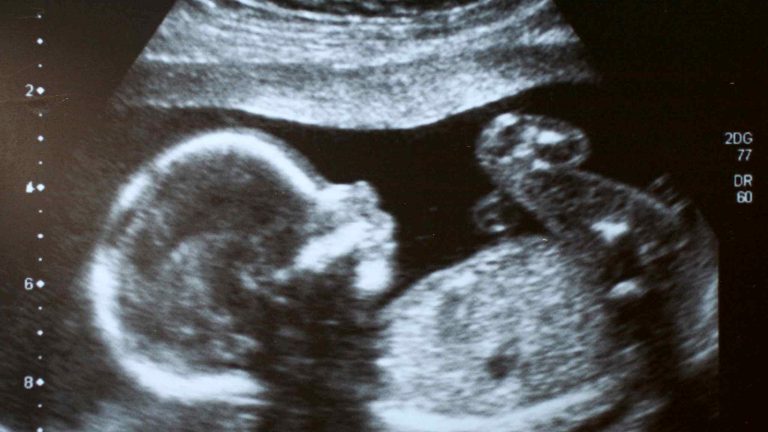
What technique is followed to relieve choking in pregnant or obese victims?
When it comes to helping a choking pregnant or obese victim, back slaps and chest thrusts are the recommended technique instead of abdominal thrusts. These types of thrusts involve placing both hands on the sternum, which is located in the middle of the chest just below the nipples.
To perform a backslap, use your hand to perform a sharp back blow in the centre of the shoulder blades. Aim for each blow to relieve the obstruction, you may not need to give all 5.
Check in the mouth between each back blow.
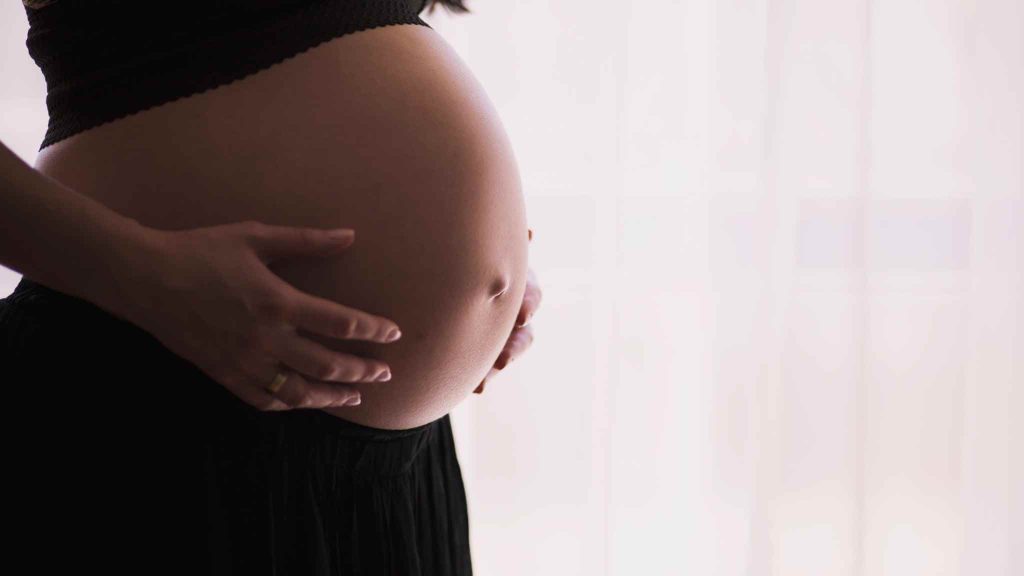
To perform a chest thrust, sit the person down or stand them against a wall. Stand next to or behind the person and use your hand to push inwards, between the nipples. This should be a short sharp compression but slower than CPR.
It’s important to note that when performing these types of thrusts, you should avoid pressing directly over their ribs as this could cause injury.
If a pregnant person is choking while lying down or unable to stand up, try rolling them onto their side before starting any first aid measures.
Always remember that time is crucial during a choking emergency – acting quickly can make all the difference in preventing serious complications such as brain damage or death.
If you’re unsure about how to perform these techniques properly or need additional guidance, Do a first aid course with a reputable provider.

Is it safe to give the Heimlich while pregnant?
One of the most common techniques in other countries for relieving choking is the Heimlich maneuver. However, when it comes to pregnant women who are choking, many people wonder if this technique is safe.
This is not a recognised first aid technique in Australia regardless of if the casualty is pregnant or not.
Even the American Red Cross recommends using chest thrusts instead of abdominal thrusts on pregnant individuals or those who are obese. Abdominal thrusts can potentially harm both the mother and the baby by putting too much pressure on the uterus and abdomen.

It’s important to note that even with chest thrusts, caution should be taken to avoid excessive force or pressure. Pregnant women have an increased risk of injury due to their changing bodily structure.
If you’re in a situation where a pregnant individual is choking, it’s crucial to assess their level of consciousness before proceeding with any first aid measures. If they’re completely unconscious and not breathing, CPR should be performed rather than attempting any type of choking first aid.
In summary, while chest thrusts may be safer than abdominal thrusts for pregnant individuals experiencing choking, proper caution and assessment must still be exercised to avoid causing harm. It’s always best to seek medical attention as soon as possible in these situations.

What happens if a pregnant woman chokes?
Choking is a serious matter, but it can be even more concerning when the victim is pregnant. When a pregnant woman chokes, not only is her life at risk, but also the life of her unborn child.
If a pregnant woman begins to choke, she may experience symptoms such as coughing or wheezing. However, if the object blocking their airway cannot be dislodged quickly enough, they may begin to turn blue and eventually lose consciousness.
In addition to potentially endangering their own life and that of their child’s, choking can cause other complications in pregnancy such as premature labor or fetal distress.

It’s important for anyone who witnesses a pregnant woman choking to act quickly and seek medical attention immediately. In some cases where an obstruction cannot be removed manually by back blows or chest thrusts from first aid providers trained in these techniques then emergency services should be notified without delay.
Remember that prevention is always better than cure – take care when eating and drinking during pregnancy by chewing food thoroughly before swallowing and avoiding foods that are difficult to swallow like very tough meat or hard candies which might increase your chances of choking unnecessarily.

What not to do when someone is choking?
When someone is choking, it can be a scary and stressful situation. It’s important to know what to do in order to help the person in distress. However, equally important is knowing what not to do.
Firstly, never try to remove an object that is visibly lodged in the throat as this can push it further down or cause more damage. Avoid performing blind finger sweeps as well because you could accidentally push the obstruction deeper into the airway.
Secondly, avoid giving water or any kind of liquid when someone is choking on something solid. This may only serve to move the blockage around and make things worse.
Thirdly, don’t slap someone on their back if they are managing to cough well. This just interferes with our natural cough reflex.
Never assume that a person who has stopped coughing has regained full breathing capacity – monitor them closely until medical assistance arrives.
By avoiding these common mistakes, you can reduce the risk of causing further harm and potentially save a life during a choking emergency.
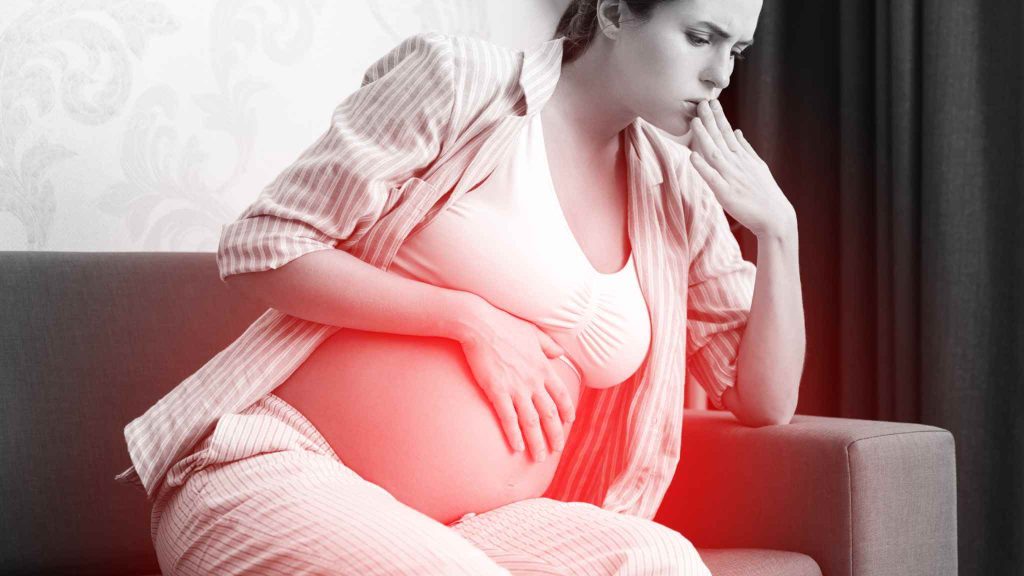
How do you perform a chest thrust on a pregnant patient?
It’s important to note that chest compressions should not be performed if the person is coughing forcefully as this could cause further injury or panic. Instead, encourage them to cough forcefully or try to clear their airway themselves before attempting any intervention.
If you are unsure about how to perform chest thrusts correctly or if you have any doubts about whether it’s safe to intervene in a particular situation, call emergency services immediately for professional medical assistance. Remember that time is of the essence when dealing with a choking victim – especially a pregnant woman, every moment counts!

Can you do chest compressions while pregnant?
When it comes to performing CPR on a pregnant woman, many people wonder if chest compressions are safe. The answer is yes, but there are some differences in technique that should be taken into consideration.
Firstly, it’s important to note that the standard hand placement for chest compressions may need to be adjusted due to the enlarged uterus. In this case, placing the hands slightly higher up on the sternum can help avoid putting pressure on the abdomen.
Another factor to consider is that pregnant women may experience changes in blood flow and circulation due to their condition. This means that it is helpful to put a pad or rolled-up towel under thor right hip to avoid blood flow becoming a problem and restricting main arteries.
It’s also worth noting that if an AED (automated external defibrillator) is available, it should be used as normal, even though the woman is pregnant.
While performing chest compressions on a pregnant woman requires some adjustments in technique, they can still be safely administered when necessary during CPR.

Which side do you lay a pregnant woman on for CPR?
Performing CPR on a pregnant woman can be a daunting task, but it is crucial to know what to do in an emergency. One of the most important things to consider is which side you should lay the person on for CPR.
The uterus will move off of the major blood vessels in the abdomen if a woman is noticeably pregnant by tilting it to the left with a rolled-up towel or pillow placed under her right hip if she is noticeably pregnant.
As anyone who has been pregnant will know, lying flat on your back can be very uncomfortable, and it can even make you dizzy when your blood flow is compromised.
In turn, this can reduce oxygenated blood flow out of the heart as a result of the compression of these major blood vessels.
To begin performing chest compressions, kneel beside the woman’s chest and place your hands over her sternum. Make sure your shoulders are directly above your hands, then push down hard and fast with both hands until help arrives or breathing resumes.
Remember that each pregnancy is unique, so always seek medical advice from emergency responders or healthcare professionals before performing any first aid procedures on pregnant women. By knowing how to properly perform CPR and placing the patient correctly during treatment can increase their chances of survival significantly in case of choking emergencies.

CPR Training
If you are looking for group workplace first aid, we can accommodate your needs Australia wide. You can choose from various different delivery options from 80% online to 100% full face to face. It’s entirely up to you and how your workforce would best learn.
Contact us today or simply book via our website and we will be in touch within 24 hours to lock in a date for you. We can’t wait to meet you!
